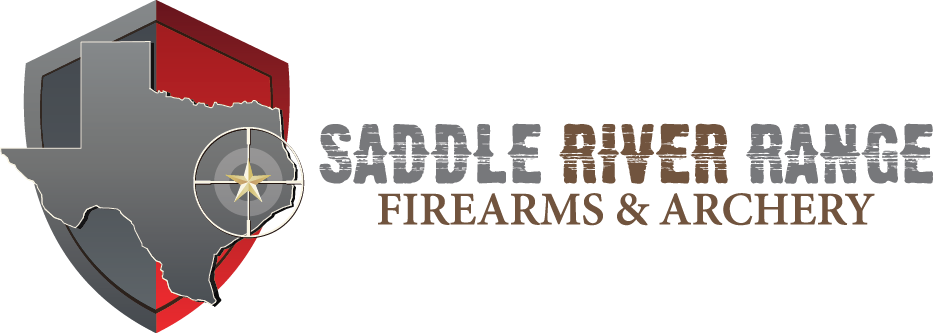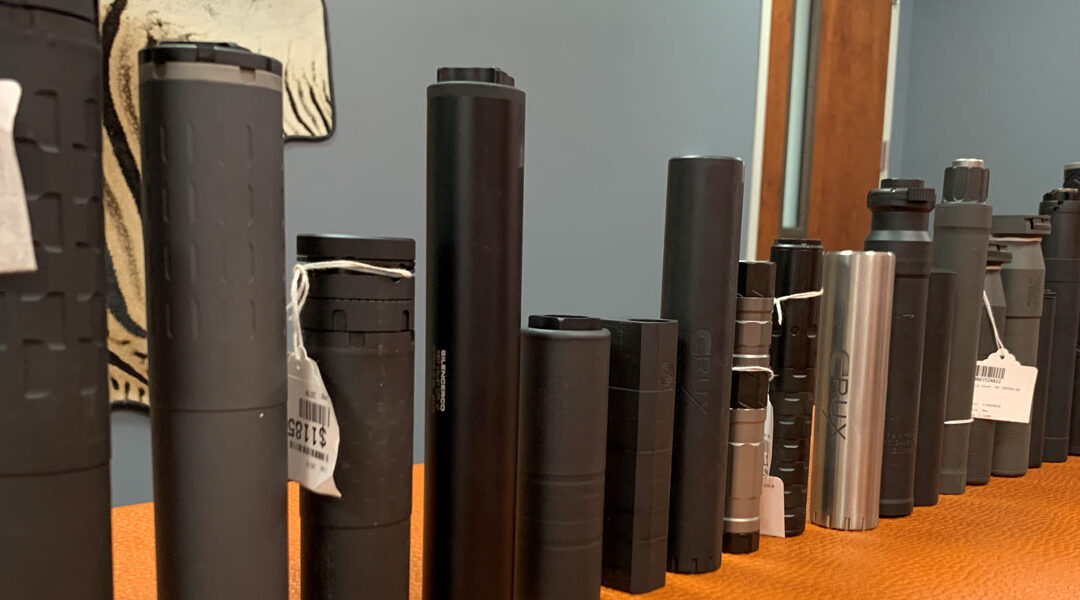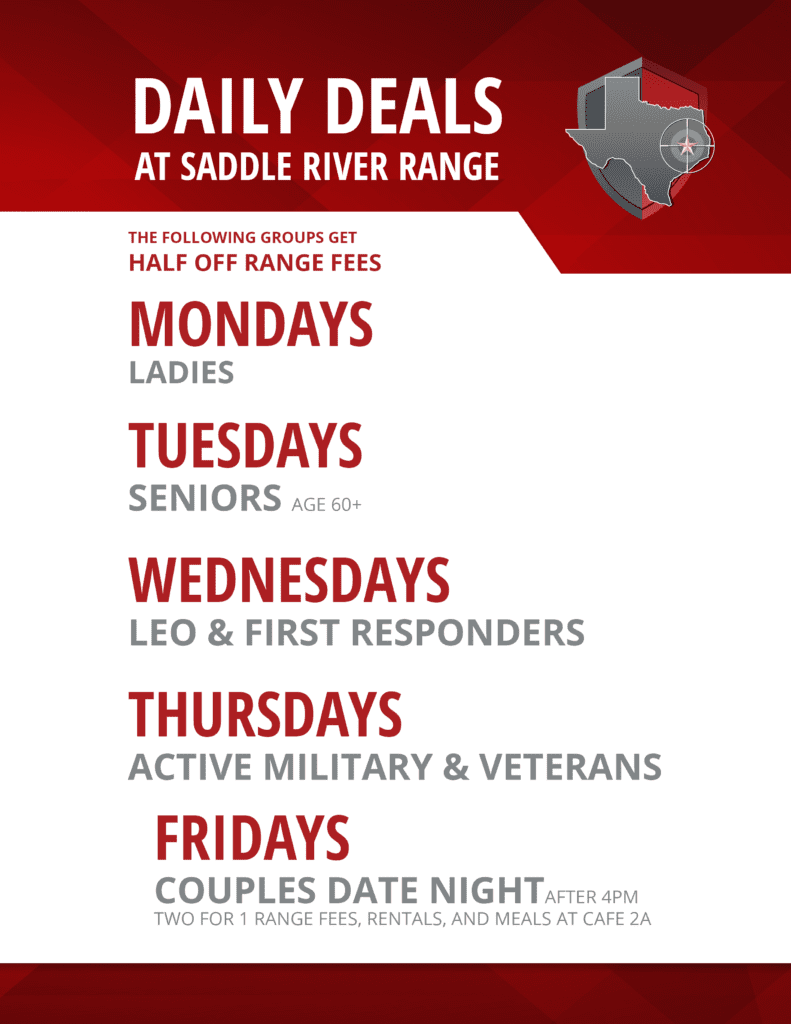Buying a Noise Suppression for Your Firearm
By Ron Mullins and Thom Bolsch
The rapid burning of gun powder in a bullet casing, and the acceleration of the bullet beyond the speed of sound results in an explosion from the barrel of a firearm. The measure of that explosion in decibels is around 160; more for some of the larger calibers. As a reference point, normal conversation is generally measured at 60 decibels. Hearing loss is attributed to a decibel level in excess of 85; and a typical Friday Night Bar scene is around the 100-110 decibel level!
There is an industry based on the suppression of noise. In firearms we are familiar with the protective ear muffs and ear plugs; but there are also accessories that muffle the explosion at the source – the end of the barrel. As an FYI: the firearm suppressor and the automobile exhaust muffler were designed by the same person back in the 1930s.
Those add-on accessories are referred to in the industry as noise suppressors. Although the general public and Hollywood refer to them as “silencers” or “cans”.
The “Silencer” portrayed by Hollywood is a misnomer. The device does NOT silence the explosive report of a firearm; it only suppresses, or moderates the noise associated with the muzzle blast. And NO; a potato or plastic soda bottle does NOT suppress the noise of a firearm! Those are myths that have been dispelled by science. It should also be pointed out that even if the report is completely eliminated (which cannot be accomplished), there would still be the noise associated with the mechanical action of the cycling of a firearm; and the impact of the bullet at the target downrange.
There is a benefit to the suppression of that explosion; both to us shooters as well as the environment in which we are shooting. The suppressor acts as a muffler to the report of a firearm. A suppressor is a cylindrical casing with chambers referred to as baffles that allow the gasses associated with the explosion of the bullet to depressurize and decelerate; reducing the associated noise of the explosion. (Note: to maximize the suppression capabilities of this system, sub-sonic rounds should be used while shooting with a suppressor.)
The number one question associated with silencers is “Are those things legal?”. Yes; they are. There are forty-two states that currently allow for the legal ownership and use of a firearm suppressor – Texas, and the surrounding states are in that group. However; you cannot just hop down to the local gun store and purchase a suppressor.
Suppressors and their ownership are regulated by the National Firearms Act of 1934; recently modified by regulation 41F. That law is enforced by the Bureau of Alcohol, Tobacco, Firearms and Explosives. And there are specific criteria dealing with age, residency, authorization to possess a firearm and a background check in order to acquire a suppressor. In addition to the price of the suppressor, there is also a transfer tax associated with the purchase process and transaction.
The big question is whether having and using a noise suppressor on a firearm is worth the effort, time and expense.
The primary reason many hunters go through the effort to acquire and attach a suppressor to their firearms is to be able to listen for game and not have to wear ear plugs or hearing protection while hunting. The benefits include: hearing protection, reduced noise complaints from nearby neighbors, softer recoil, improved accuracy with some setups, and a reduction of the noise impact on the environmental.
- You’ve made your decision and you want to be able to purchase a suppressor for your handgun or hunt next season with a noise suppressed rifle; what does it take to acquire a suppressor?
First, you’ll need to find a Class 3 dealer; someone authorized by the ATF to sell suppressors. We recommend Saddle River Range. You will also need to decide if you would like to purchase this suppressor individually or create a trust to facilitate the purchase. There are benefits to creating a trust and the team at Saddle River Range can help with this decision. Second, you’ll have to complete an ATF Form 4 and get finger printed. Third, present the Form 4, the Fingerprint Card and a Passport Photo and trust documentation (if applicable) to the ATF along with the Transfer Tax of $200 for each suppressor purchased.
In collaboration with an Austin Texas company named Silencer Shop; Saddle River Range has installed a kiosk that simplifies and expedites the application process. Through the kiosk and an online account with SilencerShop.com, you are able to complete all of the steps and requirements to submit an application for a stamp onsite. I was able to sign onto the SilencerShop website and establish an account, use that account to log into the kiosk and complete everything but the passport photo onsite and in about 40 minutes at Saddle River Range. Later that day, I downloaded the SilencerShip phone app and completed the passport photo.
The application will not initiate until you have purchased the suppressor. Once purchased, the Class 3 dealer will add the serial number to the application. Signatures are processed through DocuSign then submitted to the ATF. Once your application is submitted, you’ll need to wait for the satisfactory return of the background check and the processing of the stamp. The ATF is currently indicating an eight month time frame from application to satisfactory return. That wait time has been as long at fifteen months and as short as six months. The type of application, how processed and when the dealer receives the suppressor all impact the wait time frame.
The stamp, once received, tells the dealer that you are authorized to take possession of the suppressor. There is an added benefit from processing your application through the Saddle River Range Silencer Shop Kiosk and purchasing your suppressor from Saddle River Range. While you wait for return of your stamp, you’ll be allowed to check out your suppressor, attach it and practice on site. Think of it as conjugal visits while awaiting release.
Prior to stepping up to the counter to purchase your suppressor, you will want to have answers to the following questions: 1) On what firearm will this suppressor be mounted? 2) How much are you willing to spend? Define a range. 3) What is the purpose of this accessory? Plinking, Hunting, Bragging Rights! 4) What characteristics are important? Size/weight or Noise Suppression?
When determining the suppressor for your firearm; some features should be considered. 1) What type of firearm? Pistol or Rifle? 2) Centerfire of Rimfire? 3) Can it accommodate a higher pressure round? 4) Screw on accessory or integrated barrel? 5) Construction material. Some materials provide for a longer life than others.
If you want to hunt next season with a new suppressed rifle; now is the time to submit your application. There is a bit of administration you should know concerning that stamped Form 4; a copy must accompany the suppressor at all times and the original should be stored in a secure location (a safe or safety deposit box is recommended).
Although it’s a bit early to be thinking of fall hunting season; now is the time to put your plans in place for the upcoming season. A new rifle, a new suppressor; sub-sonic ammo, and a plan for how you’re going to mount that beast you’ve been tracking for the last few years.
Stay Alert, Stay Safe.
© Copyright 2020 Ron Mullins and Thom Bolsch
All rights reserved




